Stargate – Different This Time?
Over the years since the original plan was formulated a number of buildings have been erected on the site (Figure 2); a guardhouse, a 120k ft2 storage facility, a 1m ft2 factory, and a dome. During the pandemic the manufacturing center was used to produce respirators, face masks, and coffee kiosks, and more recently servers. No displays were ever built on the site, but Foxconn began leasing about 1/3 of the site to Microsoft (MSFT) for $50m in 2023. Microsoft is building a $1b data center on the site that is thought to eventually employ between 300 and 400 people. Phase 1 of the Microsoft project must begin by July 2026 and phase 2 by July 2033 to qualify for tax breaks.
All in, promises were made by Foxconn, the Governor of Wisconsin, and President Trump that the Foxconn project would be “…the Eighth Wonder of the World”, bringing jobs and prosperity to the region. In this case taxpayers footed much of the bill for infrastructure, but few realize that the person who introduced the Chairman of Foxconn to President Trump which began this sad tale, was none other than Masayoshi Son, the Chairman of Softbank (9984.JP), who is the financial spearhead of the just announced ‘Stargate Project’ that promises to spend $500b over the next 4 years to build power efficient Ai data centers across the US.
While we expect at least the initial $100b funding that the partners in the project are promising will be privately funded, with little taxpayer involvement other than infrastructure and lost tax revenue (We note that the taxpayers footed the bill for the Foxconn site to the tune of $426m by 2023 and an additional $257m for high-voltage power lines through electricity rate increases), but actual funding details have yet to be worked out. Hopefully, taxpayers are not going to be required to be involved in this massive project, as its long-term benefits will likely accrue to the partners, but more important are the timelines and how the project is going to provide itself with power without tapping into the national grid or further destroying the environment with fossil fuel power plants. Once the politicians and plutocrats move on to the next headline, it will be interesting to see whether Project Stargate becomes another ‘Foxconn Wisconsin’ or actually does anything other than making its wealthy partners more wealthy.



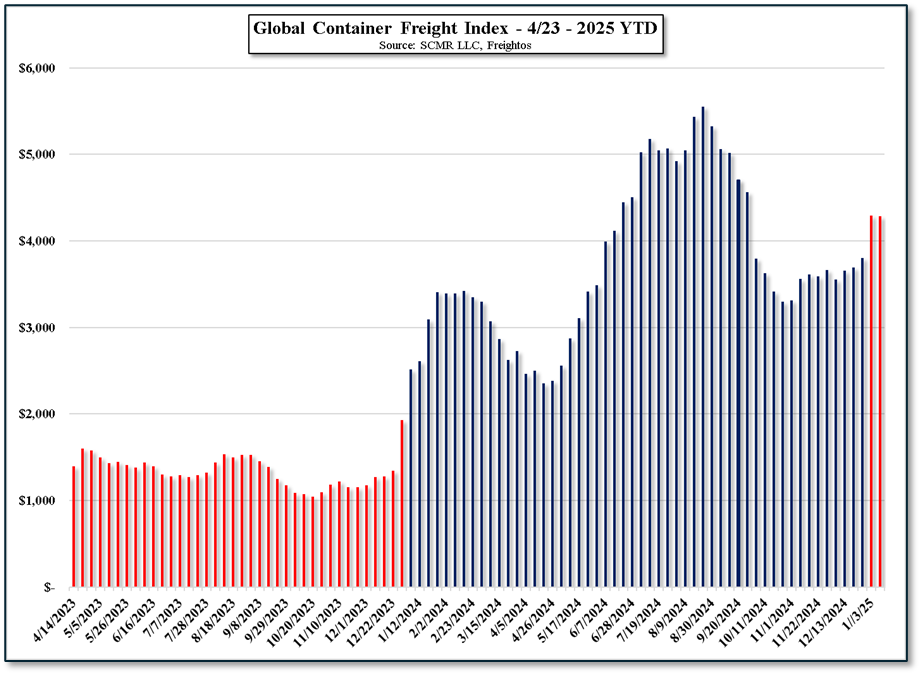
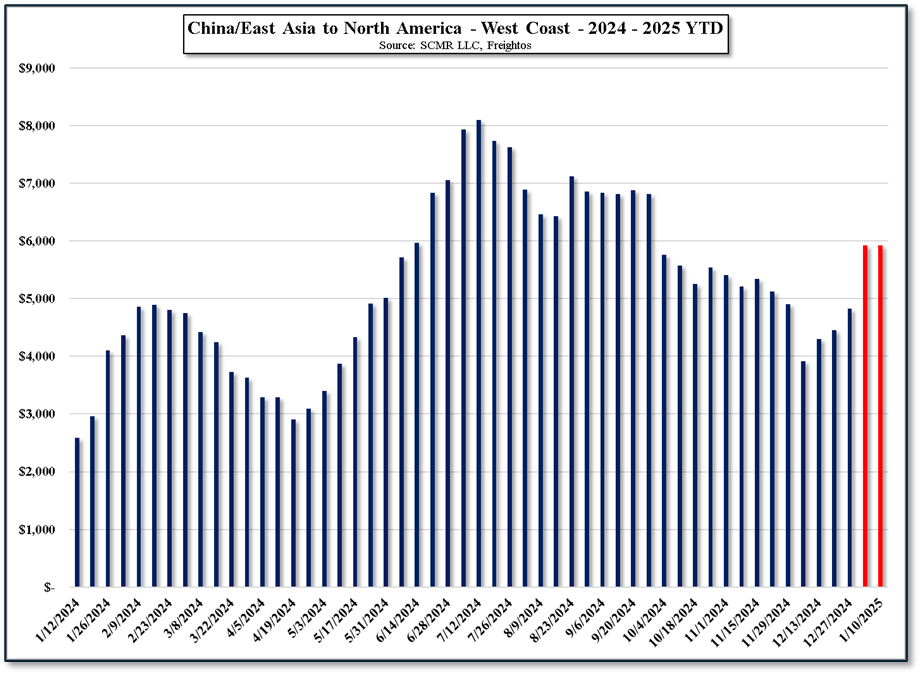
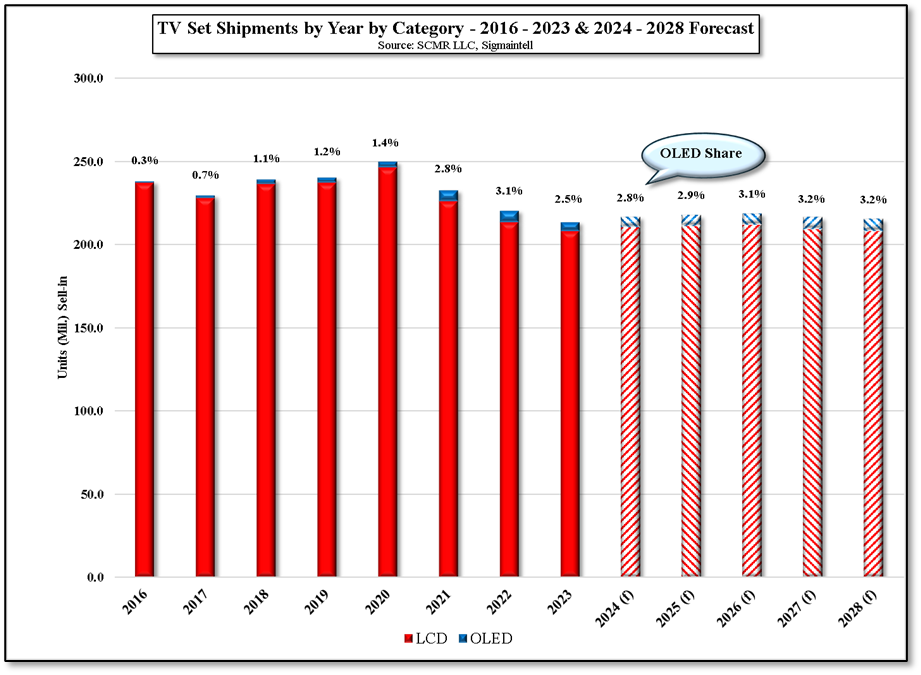
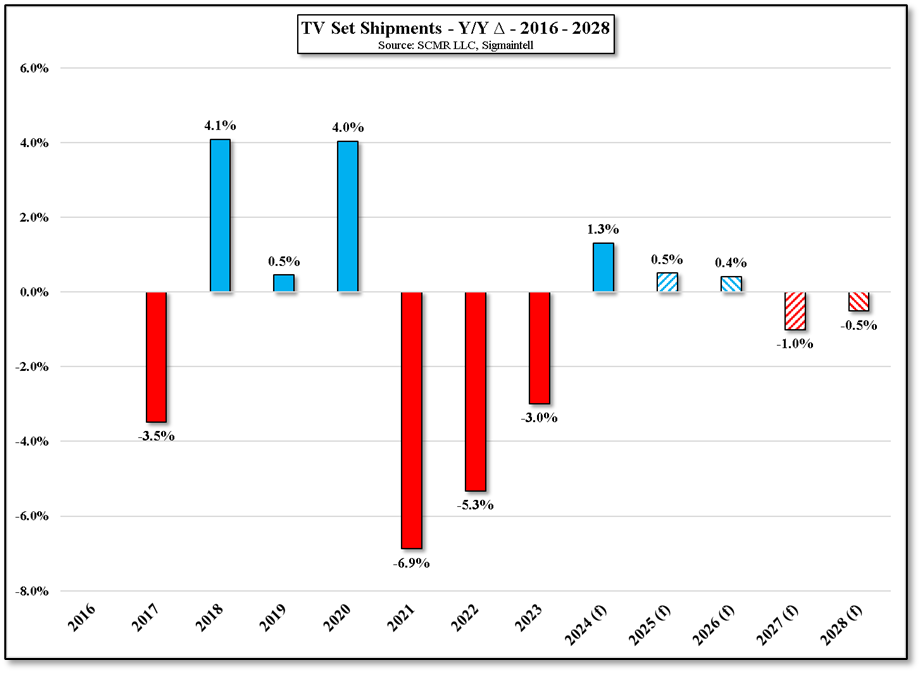
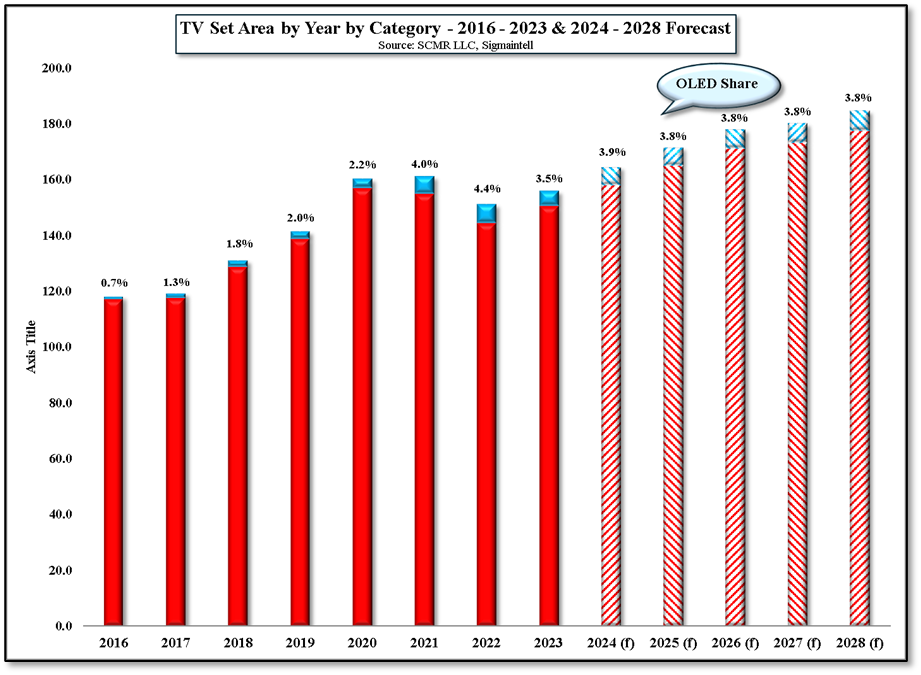

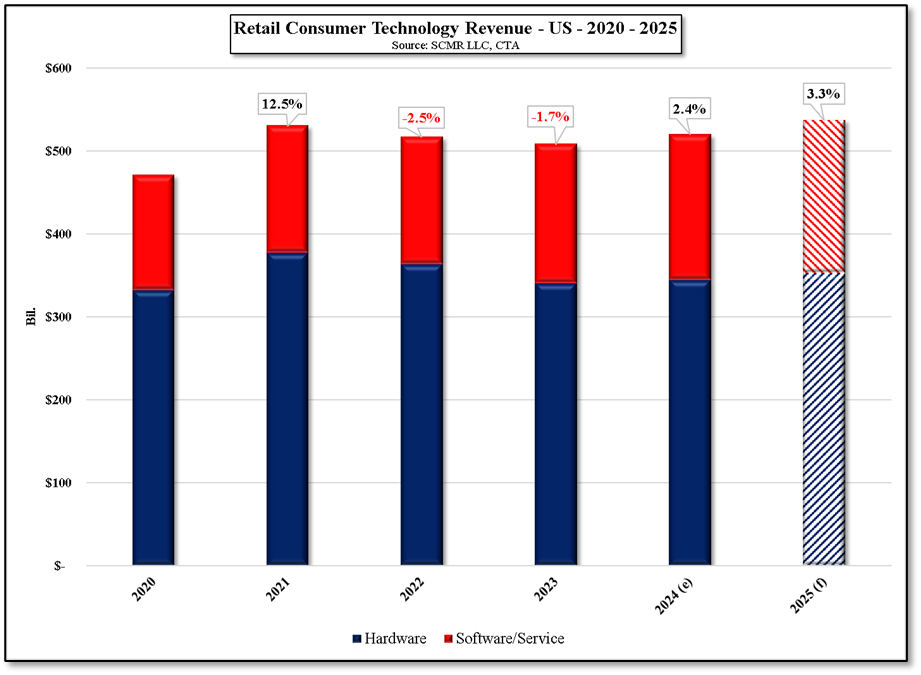




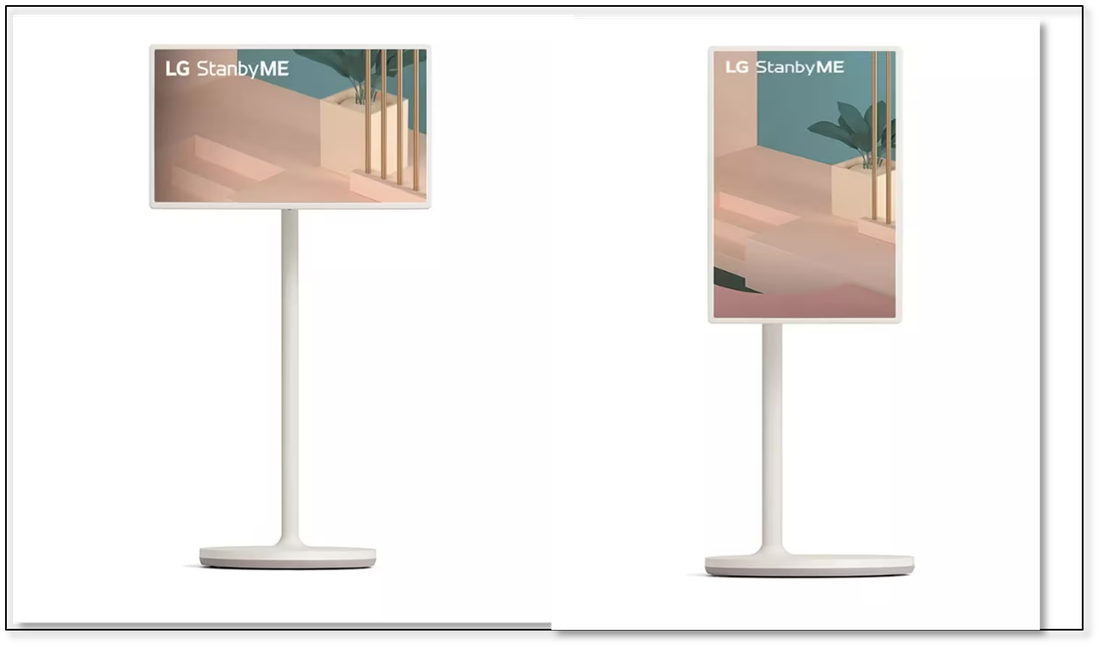










 RSS Feed
RSS Feed